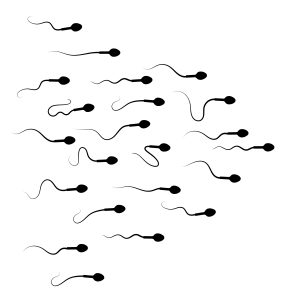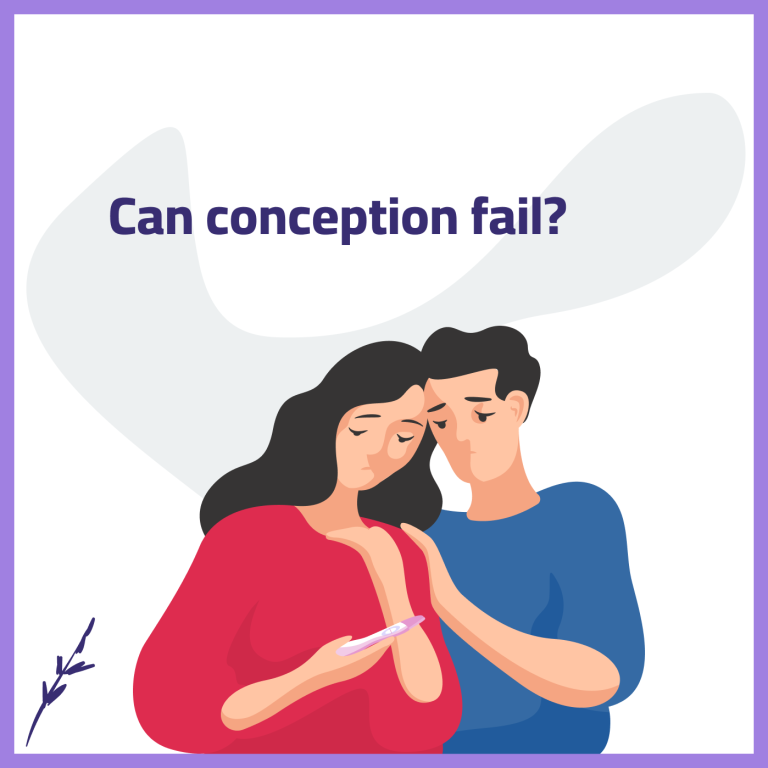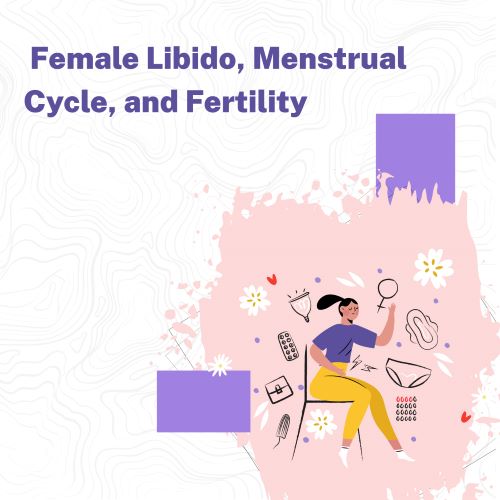What is Sperm?
Sperm: The Male Reproductive Cell

Sperm is the male reproductive cell, or gamete, that can fertilize an egg cell of a female to produce a new offspring. Sperm cells are essential for sexual reproduction, as they carry the genetic information from the father to the child. Sperm cells have a unique structure and function that enable them to perform their role in reproduction.
Sperm cells have a head and a tail, and they are usually flagellated, meaning they have a whiplike tail that helps them move. The head of the sperm cell contains the nucleus, which holds the DNA, and the acrosome, which is a cap-like structure that contains enzymes that help the sperm penetrate the egg. The tail of the sperm cell consists of a neck, a middle piece, and a principal piece. The neck connects the head and the tail, and contains centrioles that help the sperm divide after fertilization. The middle piece contains mitochondria, which provide energy for the sperm movement. The principal piece is the longest part of the tail, and contains microtubules that form the axoneme, which is the core of the flagellum.
Sperm cells have only half the number of chromosomes as other body cells, so that when they combine with an egg cell, the resulting cell has the normal number of chromosomes. Sperm cells are produced in the testes of male animals, and they are stored and released in a fluid called semen. Semen is a mixture of sperm cells and secretions from the seminal vesicles, the prostate gland, and the bulbourethral glands. Semen provides nourishment, protection, and mobility for the sperm cells.
Sperm cells are released from the male body through a process called ejaculation, which is usually triggered by sexual stimulation. During ejaculation, sperm cells travel through the vas deferens, the ejaculatory duct, and the urethra, and exit the penis. Sperm cells can survive for several days in the female reproductive tract, where they can encounter and fertilize an egg cell. Fertilization occurs when a sperm cell binds to and enters an egg cell, and their nuclei fuse together. This forms a zygote, which is the first cell of a new individual.
Sperm cells are a part of reproduction and love. They have a purpose and a role to serve. They are not just a calorie or a nutrient. They are a wonder of biology and a gift.






